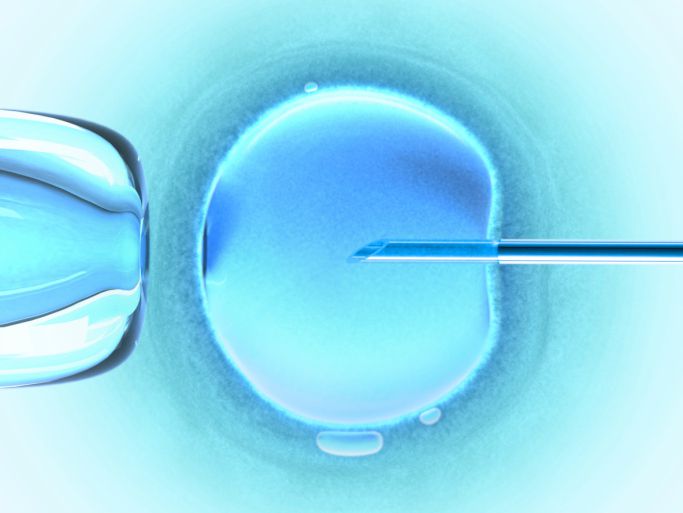Between 2000 and 2010 in the United States the number of donor eggs used for in vitro fertilization increased, and outcomes for births from those donor eggs improved, according to a study published by JAMA. The study is being released early online to coincide with its presentation at the American Society for Reproductive Medicine and the International Federation of Fertility Societies joint annual meeting.
During the past several decades, the number of live births to women in their early 40s in the United States has increased steadily. The prevalence of oocyte (egg) donation for in vitro fertilization (IVF) has increased in the United States, but little information is available regarding maternal or infant outcomes to improve counseling and clinical decision making, according to background information in the article.
Jennifer F. Kawwass, M.D., of the Emory University School of Medicine, Atlanta, and colleagues examined trends in use of donor oocytes in the United States and assessed perinatal outcomes. The study used data from the Centers for Disease Control and Prevention’s National Assisted Reproductive Technology (ART) Surveillance System (NASS); fertility centers are mandated to report their data to the system, which includes data on more than 95% of all IVF cycles performed in the United States. Good perinatal outcome was defined as a single live-born infant delivered at 37 weeks or later weighing 5.5 lbs. or more.
The researchers found that at 443 clinics (93% of all U.S. fertility centres) the annual number of donor oocyte cycles performed in the United States increased from 10,801 in 2000 to 18,306 in 2010, as did the percentage of such cycles that involved frozen oocytes or embryos (vs. fresh) (26.7% to 40.3%) and that involved elective single-embryo transfer (vs. transfer of multiple embryos) (0.8% to 14.5%). Good perinatal outcomes increased from 18.5% to 24.4%. Average age remained stable at 28 years for donors and 41 years for recipients. Recipient age was not associated with likelihood of good perinatal outcome.
“Use of donor oocytes is an increasingly common treatment for infertile women with diminished ovarian reserve for whom the likelihood of good perinatal outcome appears to be independent of recipient age. To maximize the likelihood of a good perinatal outcome, the American Society of Reproductive Medicine recommendations suggesting transfer of a single embryo in women younger than 35 years should be considered. Additional studies evaluating the mechanisms by which race/ethnicity, infertility diagnosis, and day of embryo culture affect perinatal outcomes in both autologous [donor and recipient are the same person] and donor IVF pregnancies are warranted to develop preventive measures to increase the likelihood of obtaining a good perinatal outcome among ART users,” the authors write.
(Source: For the Media, JAMA)











